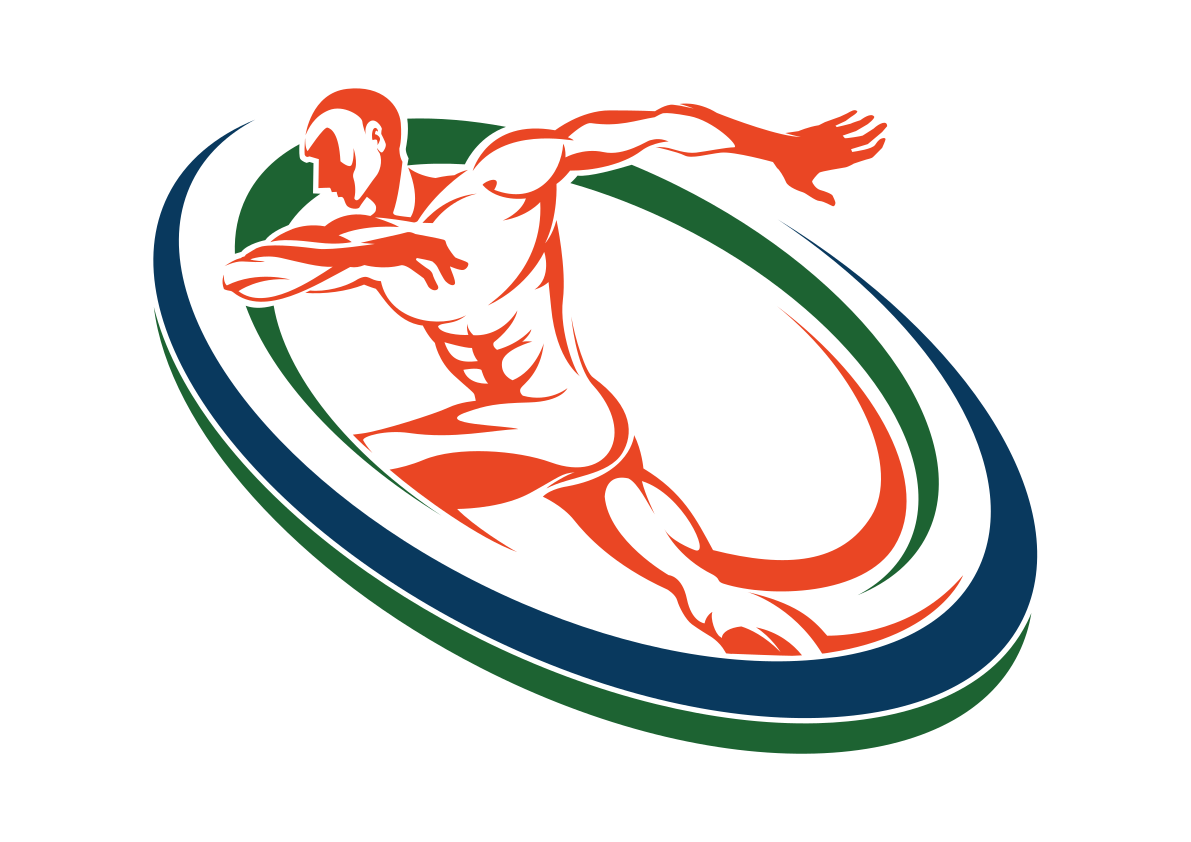FOAM ROLLING VS STRETCHING: WHICH IS BETTER?
When it comes to muscle tightness and pain, there are a variety of different techniques that can be used to help the muscles repair themselves. Two of the most popular techniques are foam rolling and stretching. While both techniques can offer some benefits, research suggests that foam rolling may be more effective than stretching in terms of improving range of motion and reducing muscle pain. Foam rolling is thought to be more effective because it stimulates the nervous system more effectively than stretching alone. Stimulating the nervous system helps to better release tight muscles and reduce muscle pain. In addition, foam rolling also functions as a self-massage, helping to improve blood circulation and promoting the removal of toxins from the muscles. For these reasons, foam rolling is often considered to be a more effective method of muscle pain relief than stretching.
LET’S TALK ABOUT MECHANORECEPTORS
Mechanoreceptors are specialized cells that are responsible for detecting changes in mechanical pressure, such as stretching, bending, and vibrations. These cells are found throughout the body, including in the skin, muscles, tendons, and joints. Mechanoreceptors play an essential role in our ability to sense our surroundings and interact with our environment. For example, mechanoreceptors in the skin allow us to feel textures and temperatures. Mechanoreceptors in the muscles help us to maintain our balance. And mechanoreceptors in the joints allow us to detect movement. Without mechanoreceptors, we would be unable to interact effectively with our surroundings. Consequently, mechanoreceptors play a vital role in our nervous system.
WHAT HAPPENS WHEN YOU STRETCH A TIGHT MUSCLE?
When you stretch a muscle, mechanoreceptors in the muscles send information to your brain about the change in muscle length. This triggers the stretch reflex, which causes your muscles to contract in order to maintain their original length. However, if you continue to stretch the muscle, the stretch reflex will eventually diminish, and the muscle will relax. This occurs because your brain starts to receive new information from mechanoreceptors called Golgi tendon organs, which detect changes in muscle tension. As a result of this feedback, your brain sends signals that cause your muscles to relax. In other words, stretching a muscle can help to relax it by resetting the balance of input from different mechanoreceptors.
WHAT HAPPENS WHEN YOU FOAM ROLL A TIGHT MUSCLE?
When you foam roll a tight muscle, you are essentially giving yourself a massage. The act of foam rolling stimulates mechanoreceptors in your body, which send signals to your nervous system. Your nervous system then responds by telling your muscles to relax. In addition, foam rolling can help increase blood flow to the area, which helps reduce inflammation and promote healing. As a result, foam rolling is an effective way to relieve muscle tension and pain.
WHY FOAM ROLLING IS BETTER THAN STRETCHING!
If you're wondering whether foam rolling or stretching is better for your muscles, the answer may surprise you. Although stretching has long been considered the best way to loosen up tight muscles, foam rolling can actually be more effective. That's because foam rolling helps to release knots and trigger points, which can cause pain and stiffness. When you stretch a muscle, you're only able to lengthen it passively. But when you foam roll, you're able to apply direct pressure to specific areas, which can help to release tightness and promote healing. In addition, foam rolling helps to stimulate mechanoreceptors in the muscles, which can send messages to the nervous system and relieve muscle pain. So if you're looking for a way to relieve muscle pain and stiffness, foam rolling is the answer.
